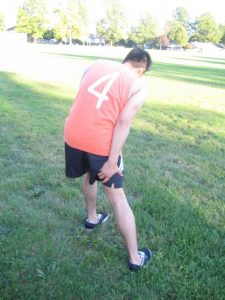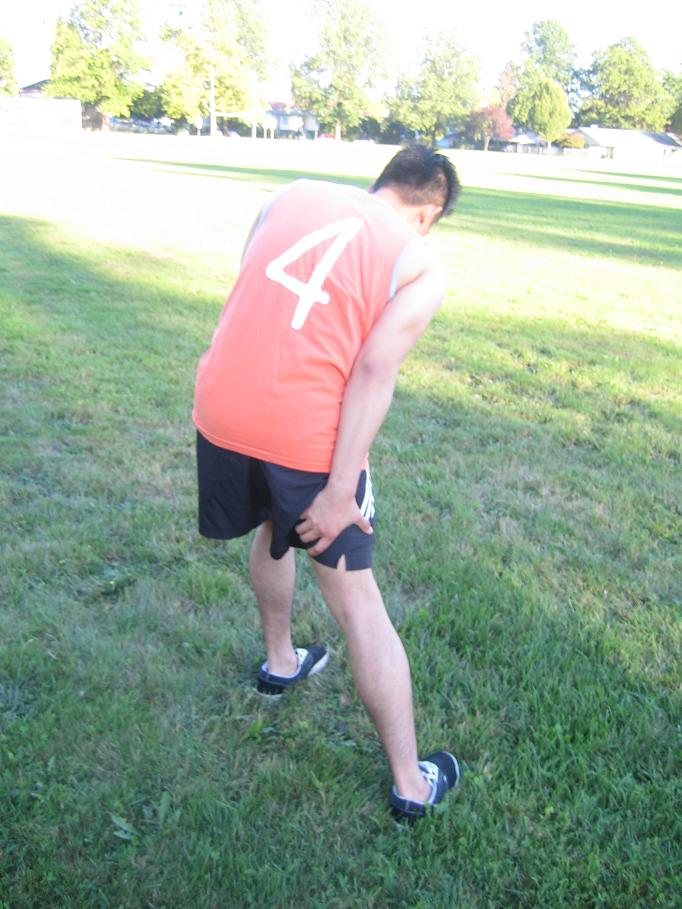Phlebitis is a condition where the veins becomes inflamed and result to pain and swelling. Inflammation caused by a blood clot or thrombus is called thrombophlebitis. This condition usually happens in the veins of the leg and can also affect the veins in the arms. The superficial veins and the deep veins are the two sets of veins found in the arms and legs.
Superficial phlebitis affects the veins on the surface of the skin and can form blood clot and result to pain and inflammation. Superficial phlebitis in the legs is associated with varicose veins. Phlebitis in the deep veins or larger blood vessel is also called deep vein thrombosis which affects the deeper veins found in the arms and legs. Large blood clot can develop, which can break off and spread to the lungs and result to pulmonary embolism which is a serious condition.

Causes of phlebitis
- Superficial phlebitis – trauma to a vein, intravenous catheter or IV placed on the vein and becomes irritated
- Thrombophlebitis -accumulation of blood in the vein and tends to clot due to inactivity for prolonged periods of time, blood clotting abnormalities and trauma
Symptoms
- Gradual development of a tender red area along the superficial veins on the skin. A thin, long and red line when the inflammation begins to develop and spread like a spider-like pattern if it affects the small veins.
- The affected area becomes warm, hard and tender.
- The skin around the vein becomes itchy and swollen.
- The affected area starts to throb
- Symptoms becomes severe especially when lowering the leg upon getting out of the bed in the morning.
- Low-grade fever
- Phlebitis at the area where the doctor starts peripheral intravenous or IV line and the surrounding area along the vein becomes sore and tender.
Treatment
- Apply warm compress on the affected area in the form of a warm washcloth several times every day.
- Take the prescribed pain medication such as ibuprofen to lessen the inflammation and the pain.
- Use the prescribed leg compression stocking which can be until the knee or until the thigh to increase flow of blood and lessen the pain, the swelling and the risk of developing deep vein thrombosis.
- Elevate the leg above the level of the heart to lessen the inflammation.
- Take the prescribed anticoagulant medication to prevent making the condition worse or complications.
Tips
- Improve the diet by eating more fish, a variety of fruits and vegetables
- If riding a bus or train, walk up and down the aisle at least once every hour. If driving, stop every hour and move around.
- Move the legs regularly by flexing the ankles or pressing the feet against the floor or footrest for at least 10 times every hour.
- Wear loose clothing.
- Drink plenty of fluids to prevent dehydration
- Perform daily exercises such as walking, jogging, swimming, dancing and cycling
- Avoid sitting or lying down for long periods of time if possible.
- Change IV line to prevent phlebitis.
FACT CHECK
https://www.webmd.com/dvt/phlebitis#1
https://www.nhs.uk/conditions/phlebitis/
https://www.medicinenet.com/phlebitis_and_thrombophlebitis/article.htm

